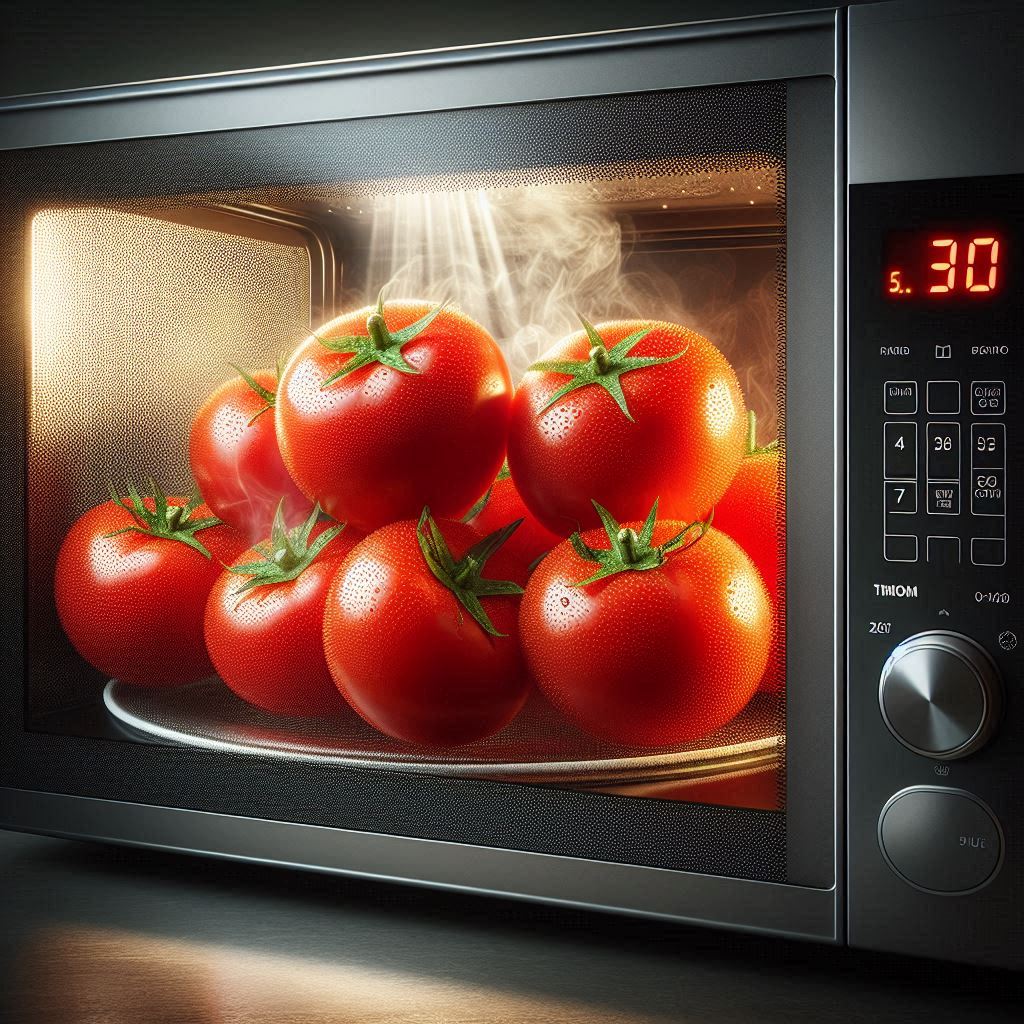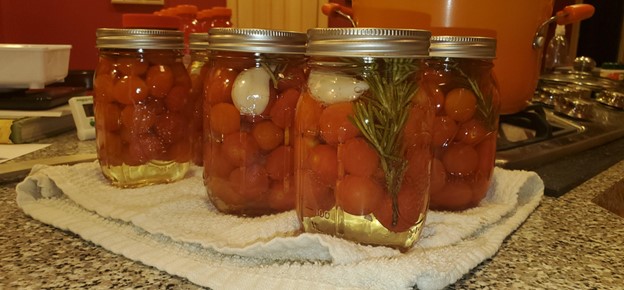Blanching tomatoes is a simple and effective method used to remove their skins easily, making them perfect for sauces, soups, canning, or freezing.
The process involves briefly boiling the tomatoes, then quickly cooling them in ice water to loosen the skins. This technique preserves the tomatoes’ flavor, texture, and nutritional value while preparing them for further use. Here is a complete guide on how you can blanch tomatoes easily.
How to Blanch Tomatoes
Table of Contents

There are a few ways to blanch tomatoes depending on your kitchen setup and preferences. Below are detailed steps for the most common methods, each introduced with a brief explanation.
1. Classic Boiling Water Blanching

This is the most traditional and widely used blanching method. It’s quick and ideal when you’re working with a large batch of tomatoes.
What You’ll Need:
- Fresh ripe tomatoes
- A large pot of boiling water
- A large bowl of ice water
- A slotted spoon
- A sharp knife
- A colander or towel for drying
Steps for Water Blanching
- Score the Tomatoes – Use a sharp knife to cut a small “X” on the bottom (opposite the stem) of each tomato. This helps the skin peel off more easily after blanching.
- Boil the Tomatoes – Bring a large pot of water to a rolling boil. Carefully lower the tomatoes into the water using a slotted spoon.
Boil for 30–60 seconds, or until you see the skins start to wrinkle and pull away at the “X” cut.
- Transfer to Ice Water – Immediately remove the tomatoes and plunge them into a bowl of ice water. This stops the cooking process and loosens the skin further. Let them sit for about 1 minute.
- Peel the Skins – Use your hands or a small knife to peel the skin away gently. It should slip off easily.
- Dry and Use or Store – Pat the tomatoes dry and they’re ready for use in recipes, or to be canned or frozen.
2. Microwave Blanching (Quick Small-Batch Option)

Ideal for when you’re processing just a few tomatoes and want to avoid boiling water.
What You’ll Need:
- Ripe tomatoes
- A microwave-safe bowl
- Water
- A knife
- Ice water in a separate bowl
Steps for Microwave blanching
- Score the Tomatoes – Cut a shallow “X” on the bottom of each tomato.
- Place in Microwave- Put the tomatoes in a microwave-safe bowl with a little water (about ½ cup).
- Cover loosely with a lid or plate. Microwave on high for 2–3 minutes, checking after 1 minute. The skins will begin to loosen and split.
- Cool in Ice Water – Immediately transfer the tomatoes to an ice water bath for 1 minute.
- Peel and Use – Once cool, peel off the skins. Proceed with your recipe.
3. Steam Blanching (Great for Energy Efficiency)

Steam blanching uses less water and is gentler on the tomatoes, making it good for firmer varieties.
What You’ll Need:
- Fresh tomatoes
- A pot with a lid and a steaming basket
- Ice water in a bowl
- A knife
Steps for Steam Blanching
- Prepare the Tomatoes – Score a small “X” on the bottoms.
- Set Up the Steamer – Fill the pot with about 2 inches of water, place the steaming basket over it, and bring the water to a boil.
- Steam the Tomatoes – Add the tomatoes to the basket, cover, and steam for 2–3 minutes. Watch for the skins to start splitting.
- Transfer to Ice Bath – Move the steamed tomatoes to the ice water bath for 1 minute.
- Peel and Use –Peel the skins off and use or store the tomatoes.
Storage Tips After Blanching

- Use immediately – For sauces, stews, or soups.
- Refrigerate – Store peeled tomatoes in an airtight container for up to 3 days.
- Freeze – Place peeled tomatoes on a baking sheet to freeze individually, then transfer to freezer bags for long-term storage.
- Can –Follow proper canning procedures if preserving tomatoes for shelf-stable storage.
Wrapping Up
Blanching tomatoes is a foundational kitchen skill that makes working with fresh tomatoes faster, cleaner, and more efficient.
Whether you’re prepping a big batch for canning or just a few for tonight’s sauce, the method you choose—boiling, microwaving, or steaming—can be tailored to your needs and kitchen setup.
Once you get the hang of it, peeling tomatoes becomes quick and hassle-free, unlocking their full potential for smooth sauces, hearty soups, or long-term storage.
With these techniques in your culinary toolkit, you’re well-equipped to make the most of tomato season all year round.
Leave a Reply